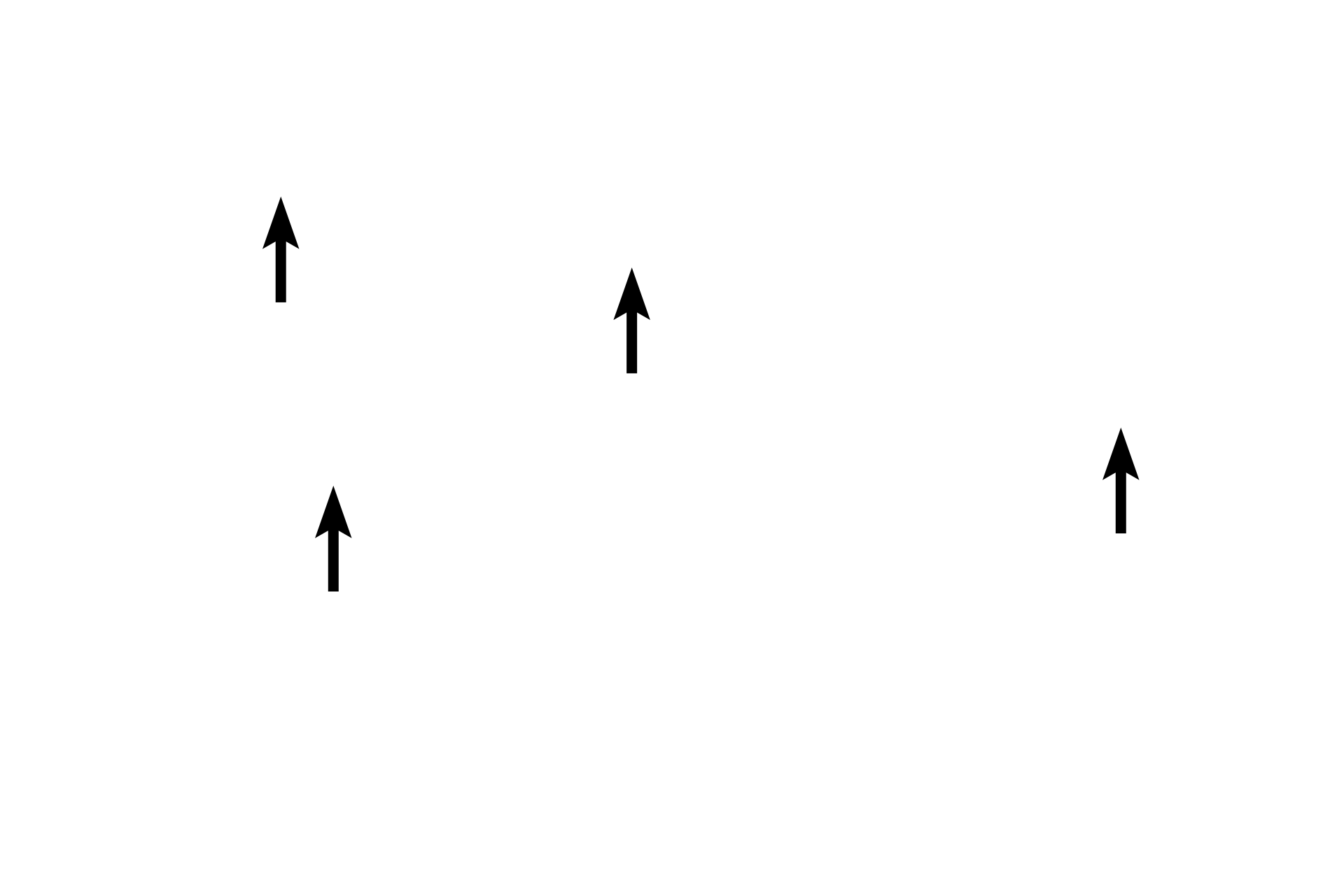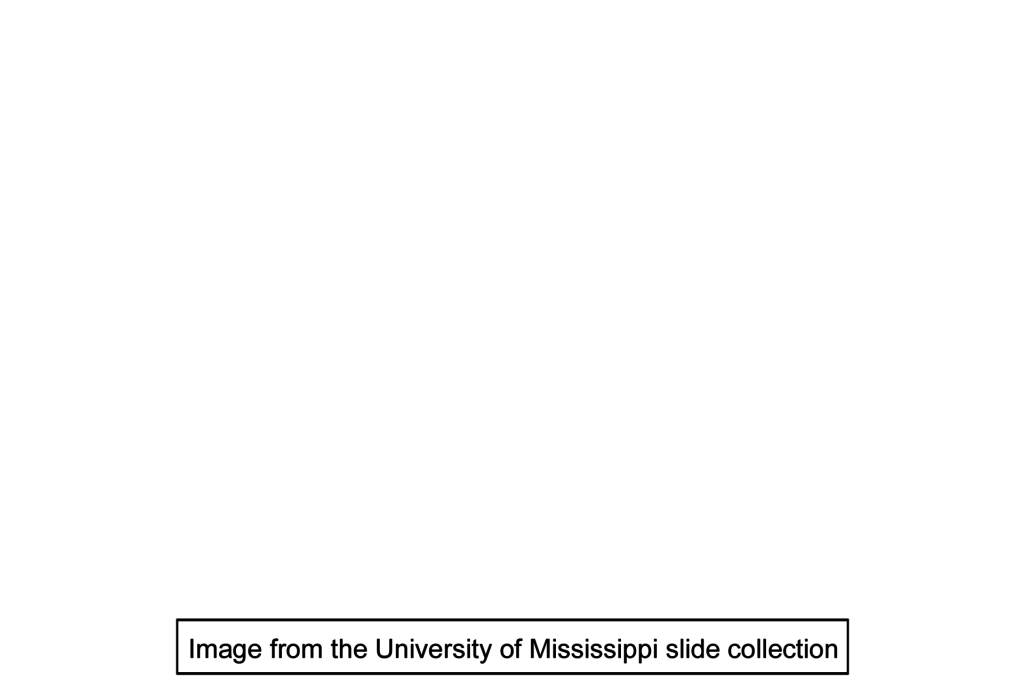
Gall bladder
The gall bladder is a pear-shaped sac located on the undersurface of the liver. It concentrates and stores the bile produced in the liver, releasing it in response to the presence of dietary fat in the duodenum. The gall bladder is composed of a highly folded mucosa (lacking a muscularis mucosae), an irregularly arranged muscularis externa without an intervening submucosa, and either an adventitia binding the gall bladder to the liver or a serosa on its peritoneal surface. 40x

Mucosa >
The mucosal lining of the gall bladder is thrown into convoluted, branching folds as well infoldings into the deeper layers. The lining epithelium is simple columnar and possesses numerous, short microvilli.

- Epithelium
The mucosal lining of the gall bladder is thrown into convoluted, branching folds as well infoldings into the deeper layers. The lining epithelium is simple columnar and possesses numerous, short microvilli.

- Infoldings
The mucosal lining of the gall bladder is thrown into convoluted, branching folds as well infoldings into the deeper layers. The lining epithelium is simple columnar and possesses numerous, short microvilli.

- Lamina propria >
The lamina propria is highly cellular and both a muscularis mucosae and submucosa are absent. The muscularis externa consists of interlacing longitudinal, transverse and oblique smooth muscle fibers.

Muscularis externa
The lamina propria is highly cellular and both a muscularis mucosae and submucosa are absent. The muscularis externa consists of interlacing longitudinal, transverse and oblique smooth muscle fibers.

Serosa >
Where the gall bladder is not in contact with the liver, it is covered by a serosa with a thick subserosal layer of connective tissue, containing numerous large blood vessels.

Image source >
Image taken of slide in the University of Mississippi collection.